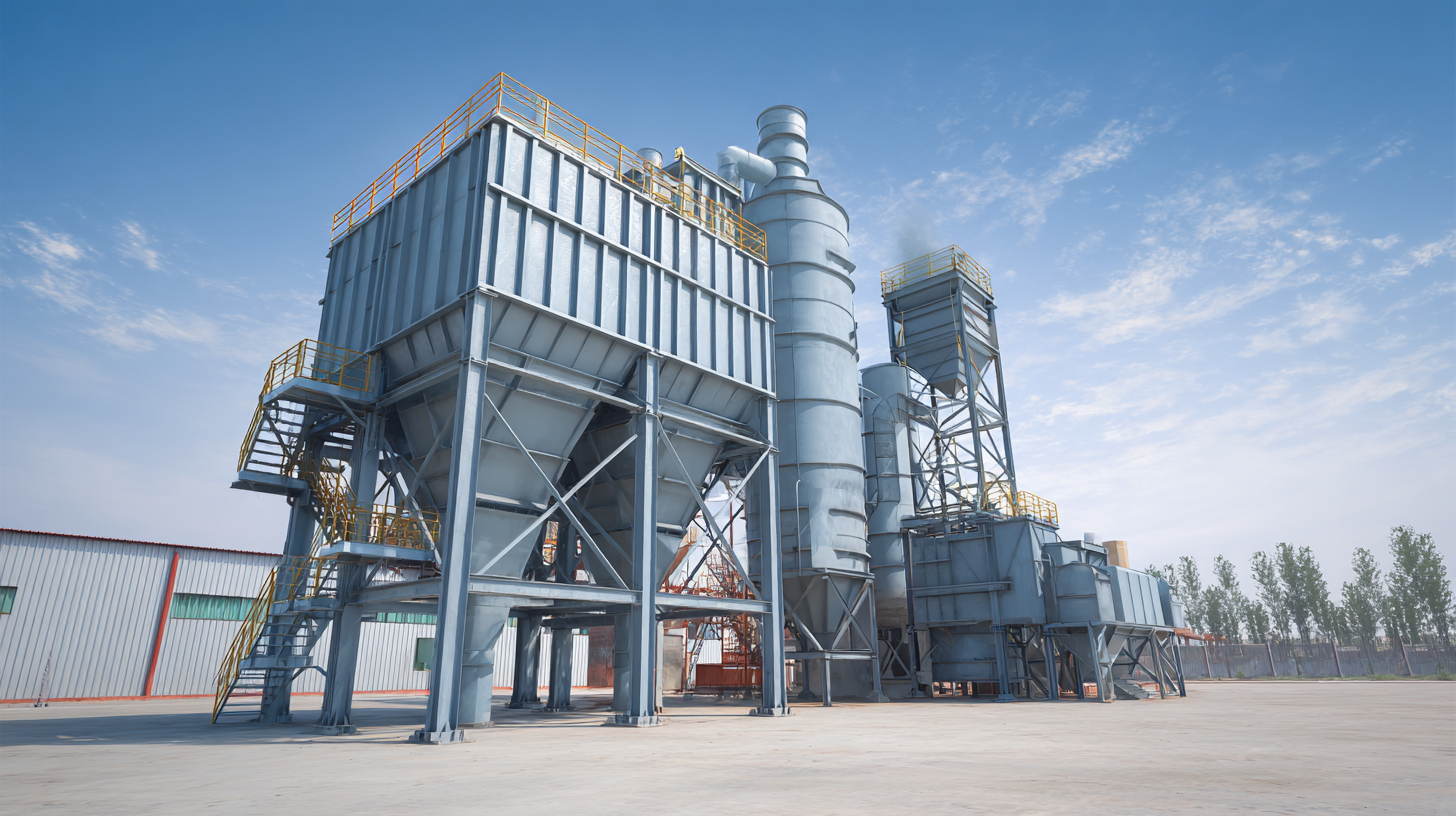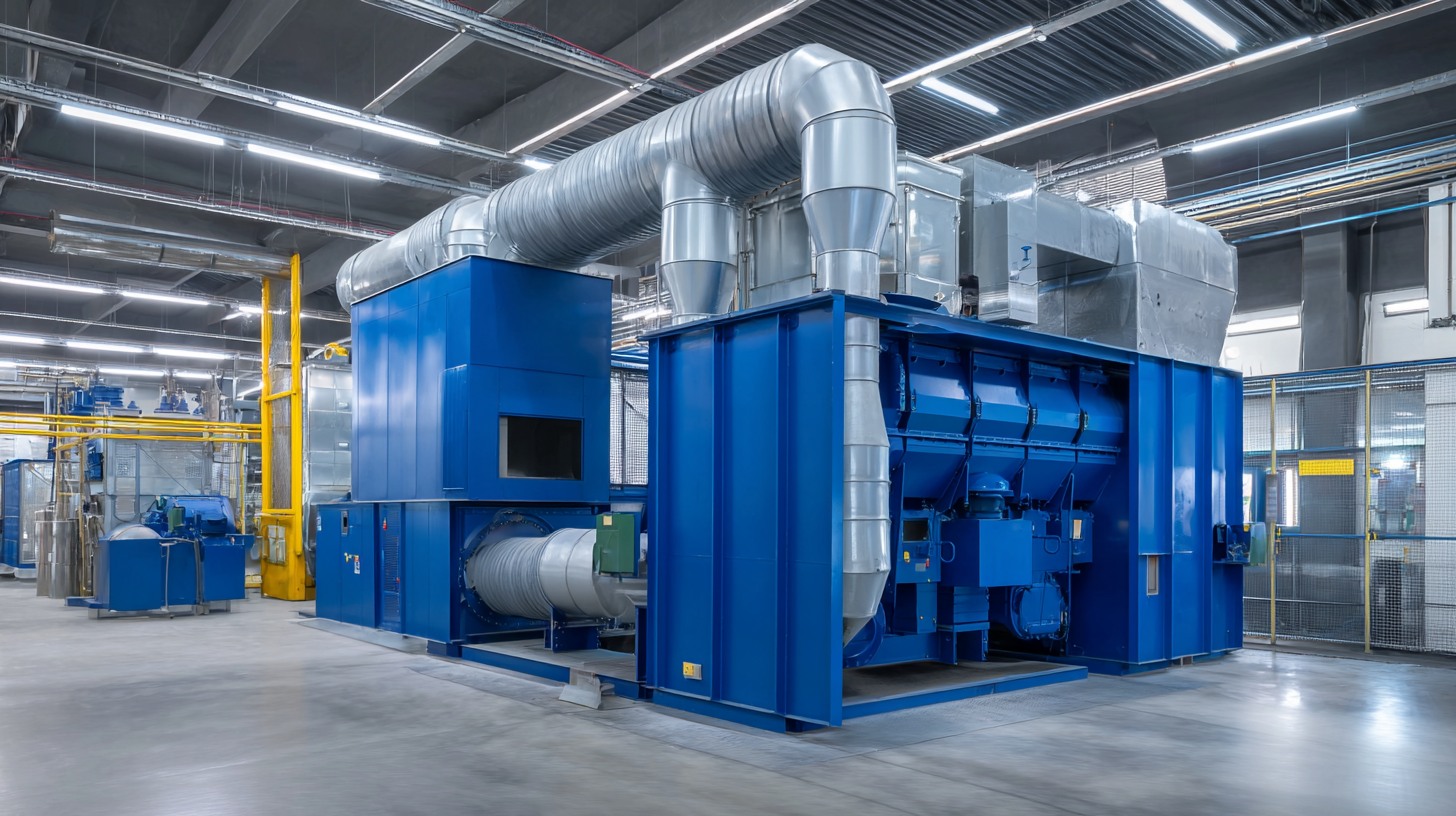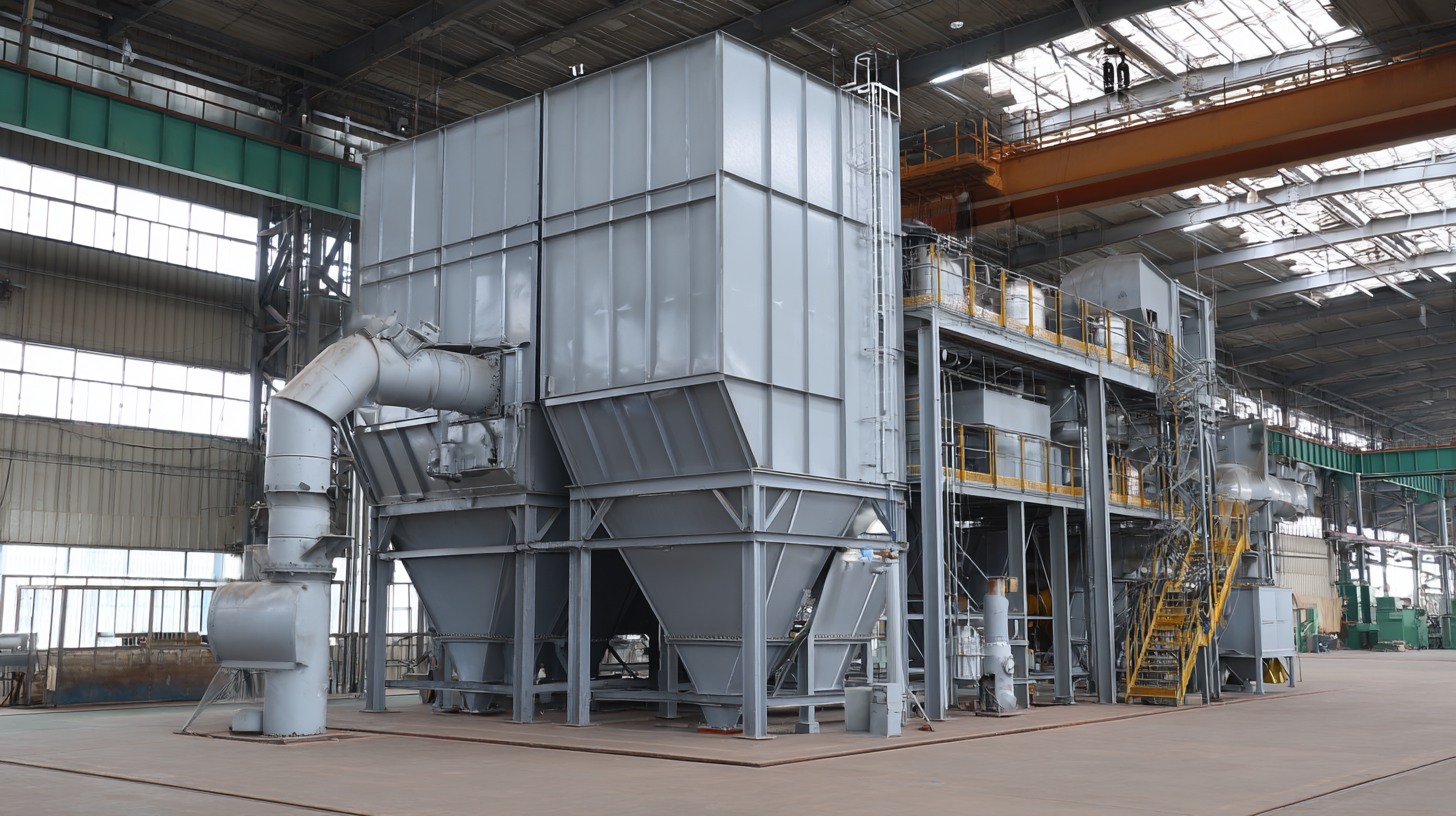Exploring the Versatile Applications of the Best Dust Collector in Manufacturing Industries
In the fast-evolving landscape of manufacturing industries, the importance of maintaining a clean and safe working environment cannot be overstated. One of the key tools in achieving this goal is the Dust Collector, a versatile and essential piece of equipment designed to remove airborne particles and contaminants from the production floor.

As businesses strive to enhance productivity and ensure compliance with health and safety regulations, the applications of dust collectors continue to expand, from woodworking and metal fabrication to food processing and pharmaceuticals. This blog aims to explore the myriad applications of the best dust collectors available on the market, while providing valuable tips on selecting the right system for specific industrial needs, ultimately driving efficiency and promoting a healthier workplace.
Join us as we dive into the world of dust collection technology, uncovering how these systems can transform manufacturing operations and foster a cleaner future.
The Importance of Dust Collectors in Maintaining Clean Manufacturing Environments
Dust collectors are pivotal in maintaining clean manufacturing environments, a necessity that is increasingly recognized across various industries. With the projected growth of the global industrial dust collector market from $8.27 billion in 2025 to $11.96 billion by 2032, this emphasizes the integral role dust collectors play in manufacturing settings. This growth, at a compound annual growth rate (CAGR) of 5.4%, showcases a rising awareness of the importance of air quality and worker safety.

In manufacturing processes, dust can significantly impact the health of employees and the efficiency of operations. Dust collectors effectively remove harmful particles from the air, improving conditions in the workplace and ensuring compliance with safety standards. These systems not only enhance the health metrics of employees but also contribute to maintaining the integrity of machinery, thereby reducing downtime and operational costs. The implementation of effective dust collection systems is vital for manufacturers committed to fostering a safe and productive environment.
Key Features to Look for in the Best Dust Collector for Industrial Use
When selecting the best dust collector for industrial use, there are several key features that should be prioritized to ensure efficiency and reliability in manufacturing settings. First, consider the type of filtration system. Cartridge and baghouse filters are popular options due to their high efficiency in capturing fine particulates, which is crucial for maintaining air quality. Additionally, modular designs offer flexibility, allowing manufacturers to customize their dust collection systems according to specific needs.
Another important aspect to evaluate is the dust collector's airflow capacity and static pressure. A higher airflow capacity ensures that large volumes of dust can be extracted quickly, benefiting production efficiency. Look for a system with adjustable motor speeds for optimal performance, adapting to varying demands in the manufacturing process.
Tips: Always assess the maintenance requirements of the dust collector. Systems that offer easy access to filters and cleaning mechanisms can save time and reduce operational costs. Furthermore, check for any certifications or compliance with safety standards, as this reflects the quality and reliability of the equipment you are investing in.
Versatile Applications of Dust Collectors Across Various Manufacturing Sectors
In the manufacturing sector, dust collectors play a vital role in maintaining air quality and ensuring worker safety across various applications.
According to a report by the Global Industry Analysts, the dust collection equipment market is expected to reach $7.4 billion by 2027, driven by the increasing need for compliance with occupational health and safety regulations.
Industries such as woodworking, metalworking, and pharmaceuticals are particularly reliant on dust collection systems to mitigate harmful particulate matter, which can lead to serious health issues and hinder operational efficiency.
In woodworking industries, for instance, dust collectors are essential in minimizing fine sawdust and particulate emissions that not only pose health risks but can also create fire hazards.
The National Fire Protection Association (NFPA) reports that dust fires and explosions cause millions in damages annually, emphasizing the importance of effective dust collection.
Similarly, in the metalworking sector, processes like grinding and cutting generate significant metal shavings that necessitate advanced filtration systems to ensure a safe working environment.
The efficiency of these systems not only aids compliance with health standards but also enhances productivity by maintaining clean workspaces and equipment.
Comparative Analysis of Dust Collection Technologies in Modern Manufacturing
In modern manufacturing, dust collection technology is crucial for maintaining a safe and efficient workspace. A comparative analysis of the various dust collection systems available reveals distinct advantages in performance and efficiency. According to a report by the Industrial Vacuum Association, centralized dust collection systems can capture up to 99% of airborne particulate matter, significantly reducing health risks associated with dust exposure. In contrast, portable dust collectors, while offering flexibility, typically achieve a lower efficiency rate of around 85%. This indicates a clear preference for centralized systems in environments where air quality is paramount.
Moreover, advancements in filtration technology have transformed the dust collection landscape. High-efficiency particulate air (HEPA) filters are now standard in many manufacturing settings, capturing particles as small as 0.3 microns. A survey from the National Safety Council indicates that facilities employing HEPA filters report a reduction in respiratory issues among workers by up to 25%. As manufacturers increasingly prioritize employee health and compliance with OSHA regulations, the selection of an appropriate dust collection system becomes essential not only for operational efficiency but also for safeguarding the well-being of the workforce.

The Role of Dust Collectors in Enhancing Workplace Safety and Compliance
In the manufacturing industry, the importance of dust collectors extends beyond maintaining clean workspaces; they are critical for enhancing workplace safety and ensuring compliance with evolving regulations. According to the National Fire Protection Association (NFPA), recent changes under the NFPA 660 standard emphasize the management of combustible dust hazards, a significant concern for many industries. These changes require companies to adopt more stringent dust control measures to prevent potentially catastrophic explosions and fires, highlighting the essential role of effective dust collection systems.
As reported in recent market analyses, the dust control systems market is projected to grow from USD 16.7 billion in 2023 at a compound annual growth rate (CAGR) of over 4.4% between 2024 and 2032. This growth reflects an increasing emphasis on workplace safety, driven by regulations from OSHA, which aims to ensure that employees operate in safe environments free from health risks associated with particulate hazards. Enhanced safety measures are vital, especially as the Multi-Agency Workplace Safety and Health Taskforce (MAST) plans to implement stricter regulations for higher-risk machinery and combustible dust from January 2025. Therefore, investing in advanced dust collectors not only improves operational efficiency but also addresses compliance mandates that safeguard employee health and safety.
